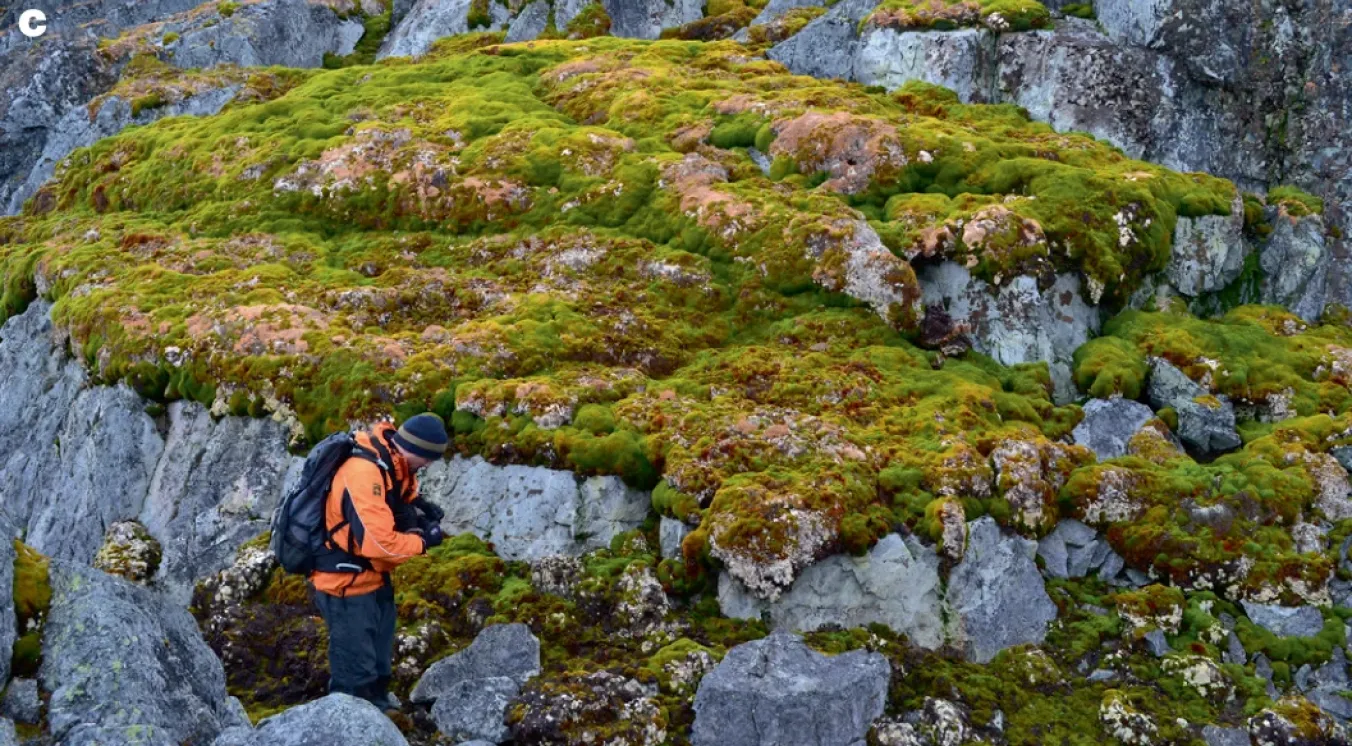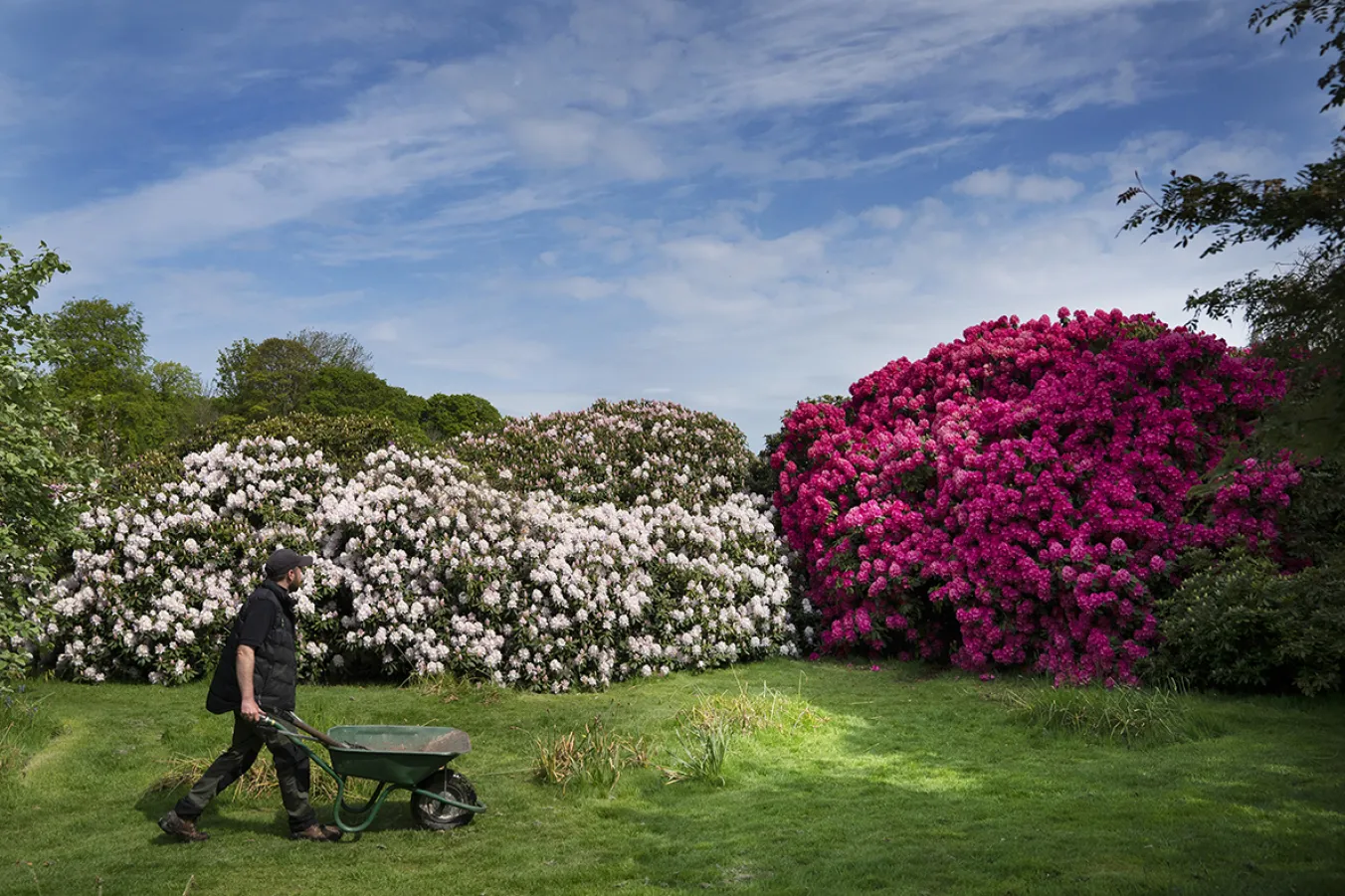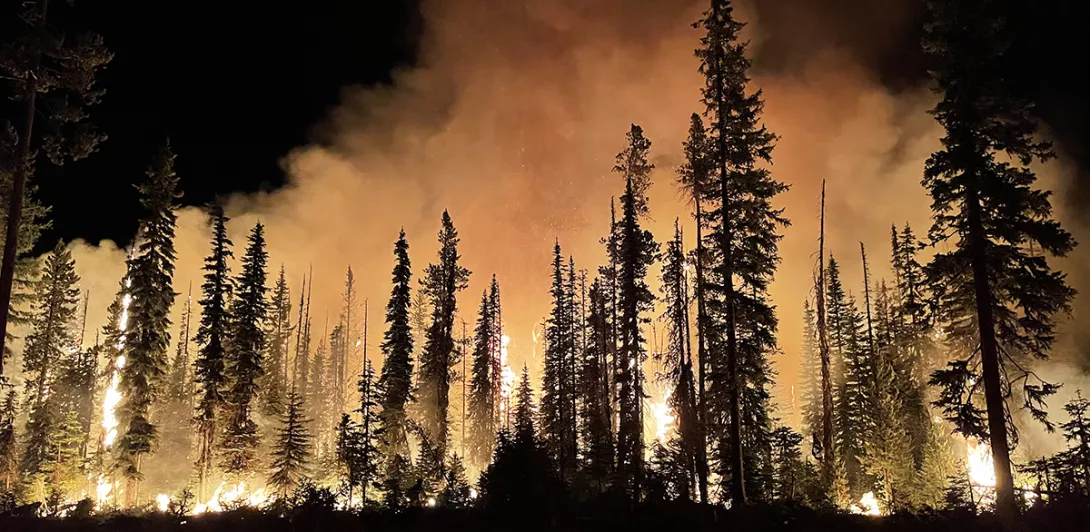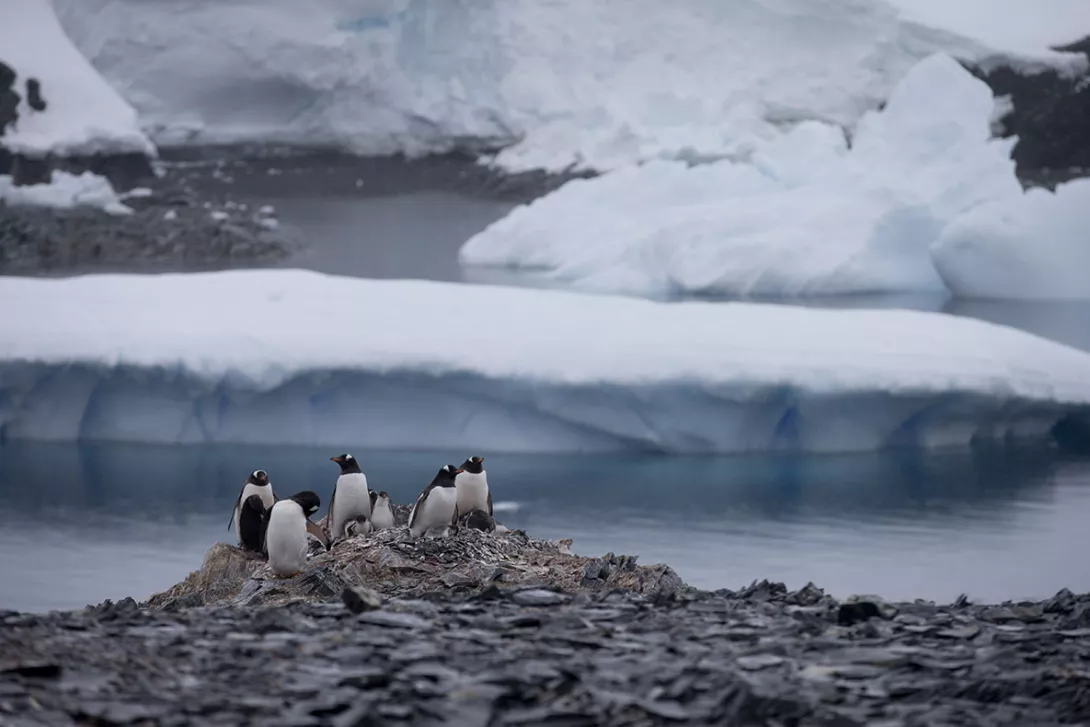
TODAY, we know Antarctica as a snow-dominated landscape, a continent covered with a permanent glacial ice-sheet. However, 41 million years ago, Antarctica looked very different: it was carpeted with lush forests that rang with birdsong with distant snow-capped mountains. That began to change 31 million years ago, as global temperatures dropped.
The transition is described by the palaeobiologist Thomas Halliday in his book Otherlands (2022). Soon (in geological terms, that is) the ice descended from Antarctica’s mountaintops, “spreading across the entire continent and forcing out almost all plants and animals.” Of Antarctica’s range of animals, only the emperor penguins were able to adapt at the right pace and retain their habitat on what became Earth’s most forbidding continent.
Antarctica’s northernmost point is the Antarctic Peninsula. Unlike the rest of Antarctica it is not completely icebound: only 80 per cent is currently covered by ice. But the remaining 20 per cent is usually rocky. Now, new research published this week in Nature Geoscience confirms that climate change is affecting Antarctica’s plant life.

















